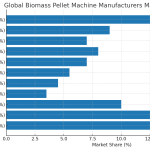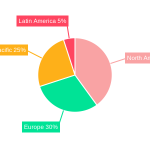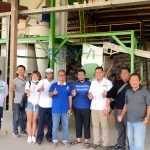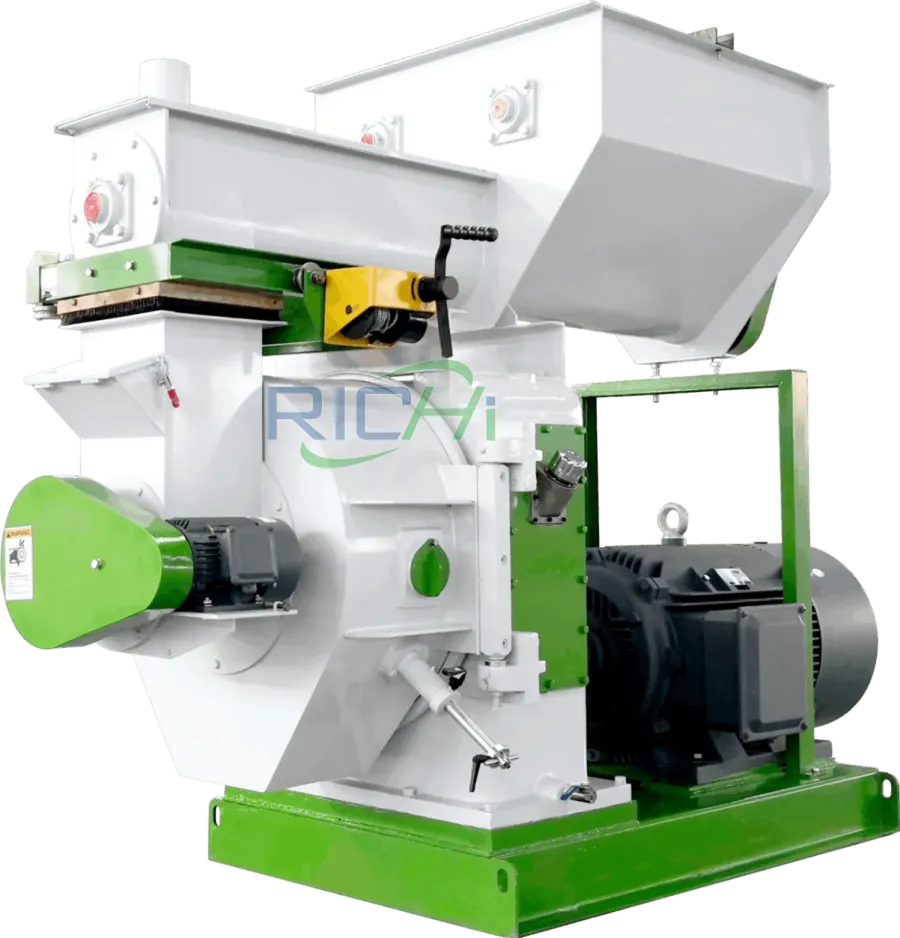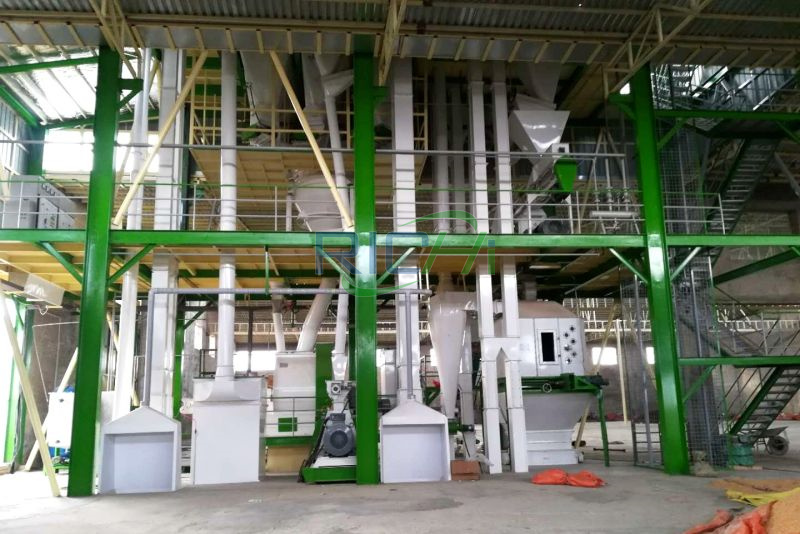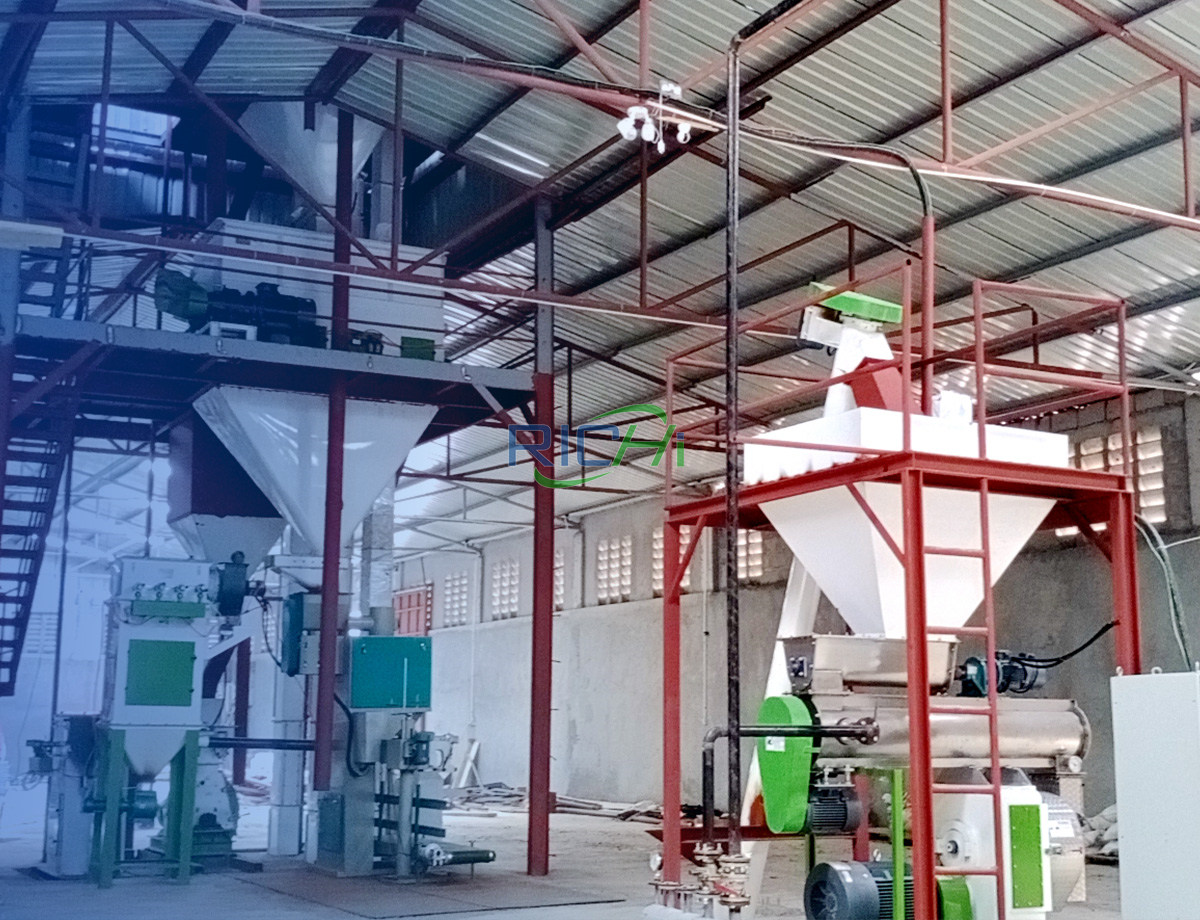The animal feed industry is experiencing a significant transformation due to the introduction of automation technologies. With the increasing demand for high-quality animal feed, manufacturers are seeking innovative ways to improve production efficiency, reduce labor costs, and enhance product quality. A 10 t/h animal feed manufacturing machine, ideal for small to medium-scale operations, can greatly benefit from the integration of automation technologies. This article examines various automation solutions that can be implemented in these machines to boost production efficiency.
1. Automated Material Handling Systems
One of the main areas where automation can improve efficiency is in material handling. Automated systems streamline the movement of raw materials and finished products, minimizing manual labor and reducing the risk of errors.
- Conveyors and Elevators: The use of conveyor belts and bucket elevators facilitates the seamless transport of raw materials from storage silos to the production line. This reduces the time and effort required for manual handling, ensuring a continuous flow of materials.
- Automated Batching Systems: Automated batching systems accurately measure and mix raw materials according to specific formulations. By reducing human intervention, these systems minimize errors and enhance the consistency of the feed produced.
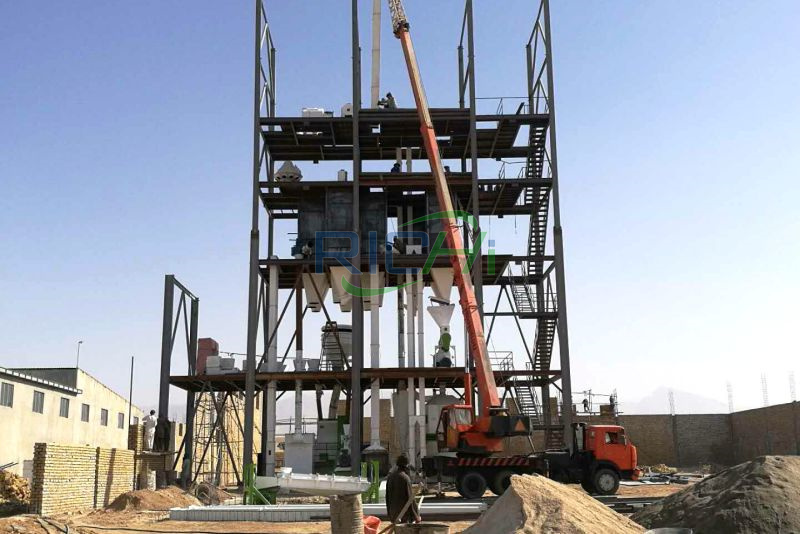
2. Advanced Control Systems
Integrating advanced control systems into a 10 t/h animal feed manufacturing machine can significantly enhance operational efficiency.
- Programmable Logic Controllers (PLCs): PLCs can automate various processes within the feed manufacturing system, allowing for precise control over critical parameters such as feed rates, mixing times, and temperature settings. This automation ensures that the production process runs smoothly and consistently.
- Human-Machine Interfaces (HMIs): HMIs provide operators with an intuitive interface to monitor and control machine operations. These systems allow for real-time adjustments and offer valuable data on production performance, helping operators make informed decisions to optimize efficiency.
3. Real-Time Monitoring and Data Analytics
The integration of real-time monitoring systems can significantly enhance the efficiency of animal feed making machine.
- Performance Monitoring: Sensors can be installed throughout the production line to monitor key performance indicators (KPIs) such as production output, energy consumption, and equipment status. This data can be displayed on the HMI, enabling operators to quickly identify issues and make necessary adjustments.
- Data Analytics: By analyzing data collected from monitoring systems, manufacturers can identify trends and areas for improvement. For instance, a spike in energy consumption during a specific process may indicate the need for maintenance or adjustments to optimize performance.
4. Automated Quality Control
Maintaining high-quality standards is crucial in the animal feed industry. Automation technologies can help ensure that the feed produced meets required specifications.
- Inline Quality Inspection: Automated quality control systems can be integrated into the production line to conduct real-time inspections of the feed being produced. These systems can measure parameters such as pellet size, moisture content, and density, ensuring that the final product meets quality standards.
- Feedback Loops: Automated quality control systems can provide immediate feedback to operators, allowing for quick adjustments to the production process if quality issues are detected. This proactive approach helps maintain consistent product quality and minimize waste.
5. Energy Management Systems
Energy efficiency plays a critical role in the overall production costs of animal feed manufacturing. Automation technologies can optimize energy usage throughout the production process.
- Smart Energy Management: Implementing energy management systems can monitor energy consumption in real-time and identify opportunities for savings. For example, these systems can analyze usage patterns and suggest adjustments to reduce energy consumption during peak hours.
- Variable Frequency Drives (VFDs): VFDs can be employed to control motor speed based on the specific needs of the production process. By adjusting motor speed, manufacturers can optimize energy usage and lower operational costs.
6. Integration with Supply Chain Management
Automation technologies can also enhance the efficiency of the entire supply chain associated with animal feed production.
- Inventory Management Systems: Automated inventory management systems can track raw material levels in real-time, ensuring that manufacturers have the necessary ingredients available for production. This reduces the risk of production delays due to material shortages.
- Order Processing and Fulfillment: Integrating automation into order processing can streamline the workflow from production to delivery. Automated systems can manage order tracking, scheduling, and logistics, ensuring timely delivery of products to customers.
7. Training and Support
While automation technologies provide significant benefits, it is crucial to ensure that operators are adequately trained to use these systems effectively.
- Operator Training Programs: Comprehensive training on the use of automated systems is essential for maximizing their potential. Operators should be familiar with the technology, understand how to interpret data, and know how to respond to alerts and issues.
- Technical Support: Establishing a relationship with technology providers for ongoing technical support can help manufacturers troubleshoot issues and optimize the use of automation technologies.
Conclusion
Integrating automation technologies into a 10 t/h animal feed manufacturing machine presents a valuable opportunity to enhance production efficiency, improve product quality, and reduce operational costs. By implementing automated material handling systems, advanced control systems, real-time monitoring, automated quality control, energy management systems, and supply chain integration, feed manufacturers can significantly boost their operational capabilities.
As the animal feed industry continues to evolve, embracing automation will be essential for maintaining competitiveness and meeting the growing demand for high-quality feed. Investing in these technologies not only improves efficiency but also positions manufacturers for long-term success in a rapidly changing market.
For details please contact: feed pellet machine
WhatsApp:86 138 3838 9622
Email:enquiry@richipelletmachine.com

